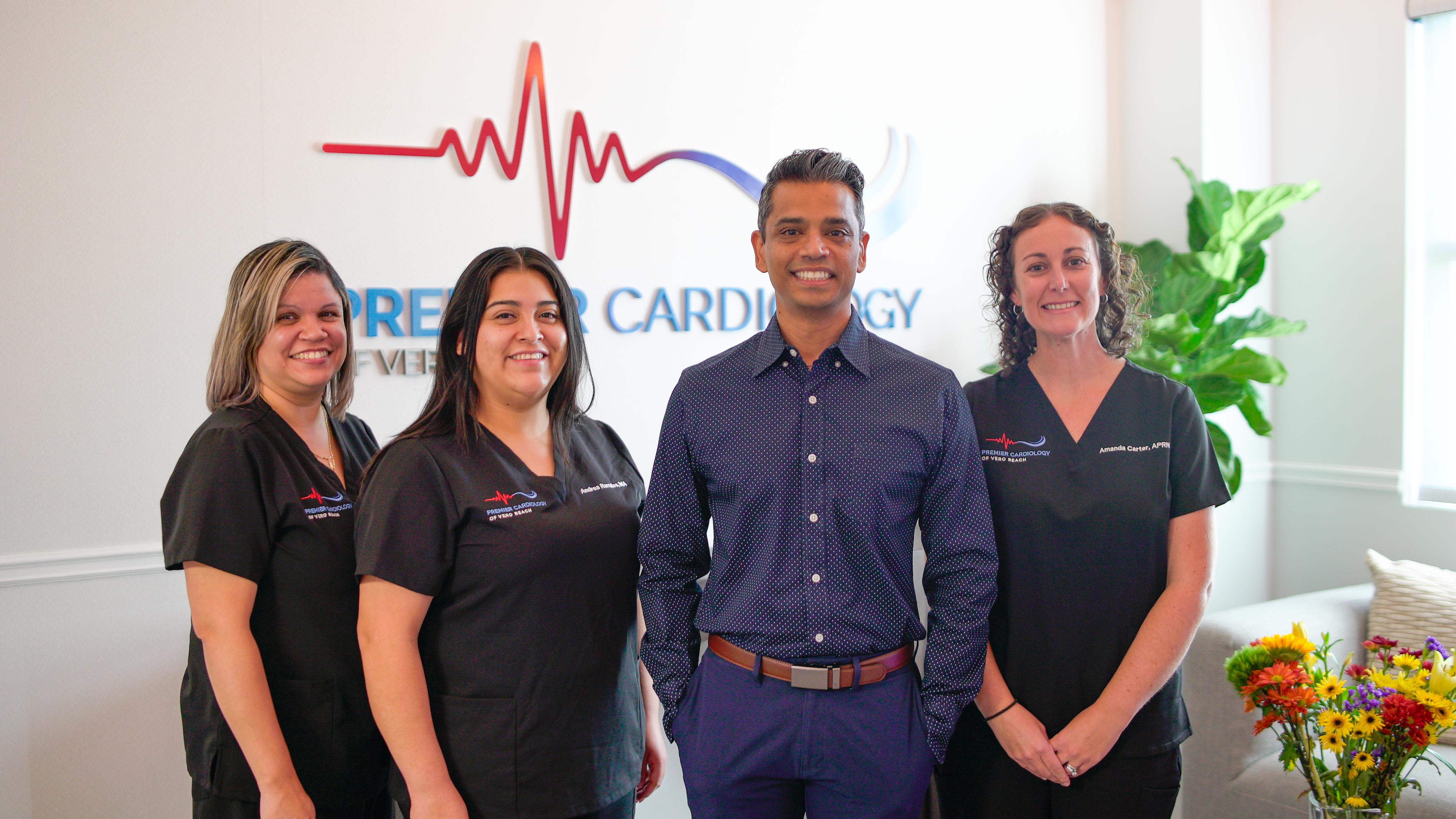
Coronary artery disease (CAD) is a common heart condition that affects millions of people worldwide. It occurs when the blood vessels that supply the heart muscle become narrowed or blocked by plaque buildup. Treatment pathways for coronary artery disease can vary depending on the severity of the disease and the individual's overall health. In this article, we will explore the different treatment options available for coronary artery disease and the journey to healing for those affected by this condition.
Understanding Coronary Artery Disease
Before exploring treatment pathways, it's important to understand what coronary artery disease is and how it can impact the heart and overall health of an individual. Coronary artery disease is a condition that develops over time as plaque builds up in the arteries that supply blood to the heart muscle. This can restrict blood flow to the heart, leading to chest pain (angina), shortness of breath, and in severe cases, heart attacks.
Causes of Coronary Artery Disease
There are several risk factors that can contribute to the development of coronary artery disease, including:
- High cholesterol levels
- High blood pressure
- Smoking
- Diabetes
- Obesity
- Lack of physical activity
Symptoms of Coronary Artery Disease
Common symptoms of coronary artery disease include:
- Chest pain or discomfort (angina)
- Shortness of breath
- Fatigue
- Heart palpitations
- Dizziness
- Heart attack
Treatment Pathways for Coronary Artery Disease
There are several treatment options available for individuals with coronary artery disease, depending on the severity of the condition and the individual's overall health. Treatment pathways may include lifestyle changes, medications, minimally invasive procedures, or surgery.
Lifestyle Changes
Lifestyle changes play a crucial role in managing coronary artery disease and preventing further progression of the condition. Some key lifestyle modifications include:
- Adopting a heart-healthy diet rich in fruits, vegetables, whole grains, and lean proteins
- Engaging in regular physical activity and exercise
- Quitting smoking
- Maintaining a healthy weight
- Managing stress levels
Medications
Medications may be prescribed to help manage symptoms of coronary artery disease and reduce the risk of complications. Common medications used in the treatment of coronary artery disease include:
- Cholesterol-lowering medications (statins)
- Blood pressure medications
- Antiplatelet drugs
- Beta-blockers
- Nitrates
Minimally Invasive Procedures
For individuals with more severe coronary artery disease, minimally invasive procedures such as angioplasty and stenting may be recommended. These procedures involve using a catheter to open up blocked arteries and improve blood flow to the heart muscle.
- Angioplasty: A thin tube with a balloon on its tip is threaded through a blood vessel to the blocked artery. The balloon is then inflated to compress the plaque and widen the artery.
- Stenting: A small metal mesh tube (stent) may be inserted into the newly opened artery to help keep it propped open and prevent it from re-narrowing.
Surgery
In some cases, surgery may be necessary to treat severe coronary artery disease. Coronary artery bypass grafting (CABG) is a surgical procedure in which a healthy blood vessel is taken from another part of the body and used to bypass the blocked coronary artery, allowing blood to flow more freely to the heart muscle.
- CABG may be recommended for individuals with multiple blocked arteries or those who have not responded well to other treatments.
- Recovery from CABG surgery may take several weeks, and rehabilitation programs are often recommended to help individuals regain strength and improve heart health.
The Journey to Healing
For individuals diagnosed with coronary artery disease, the journey to healing is a multifaceted process that involves physical, emotional, and lifestyle changes. It's important for individuals to work closely with their healthcare providers to develop a treatment plan that is tailored to their specific needs and goals.
Key Steps in the Healing Journey
- Educate yourself about coronary artery disease and treatment options
- Follow your healthcare provider's recommendations for lifestyle changes, medications, and procedures
- Engage in regular follow-up appointments to monitor your progress and adjust your treatment plan as needed
- Seek support from loved ones, counseling services, or support groups to cope with the emotional impact of coronary artery disease
- Take an active role in your healing journey by advocating for your health and well-being
Embracing a Heart-Healthy Lifestyle
Adopting a heart-healthy lifestyle is essential for managing coronary artery disease and improving overall heart health. Some ways to embrace a heart-healthy lifestyle include:
- Eating a balanced diet rich in fruits, vegetables, whole grains, and lean proteins
- Engaging in regular physical activity, such as walking, swimming, or cycling
- Managing stress through techniques like meditation, yoga, or deep breathing exercises
- Quitting smoking and avoiding exposure to secondhand smoke
- Getting an adequate amount of sleep each night to support heart health
Monitoring and Managing Risk Factors
Regular monitoring and management of risk factors are essential for preventing complications and promoting healing in individuals with coronary artery disease. Key risk factors to monitor include:
- Blood pressure
- Cholesterol levels
- Blood sugar levels (for individuals with diabetes)
- Weight and body mass index (BMI)
- Overall cardiovascular health
